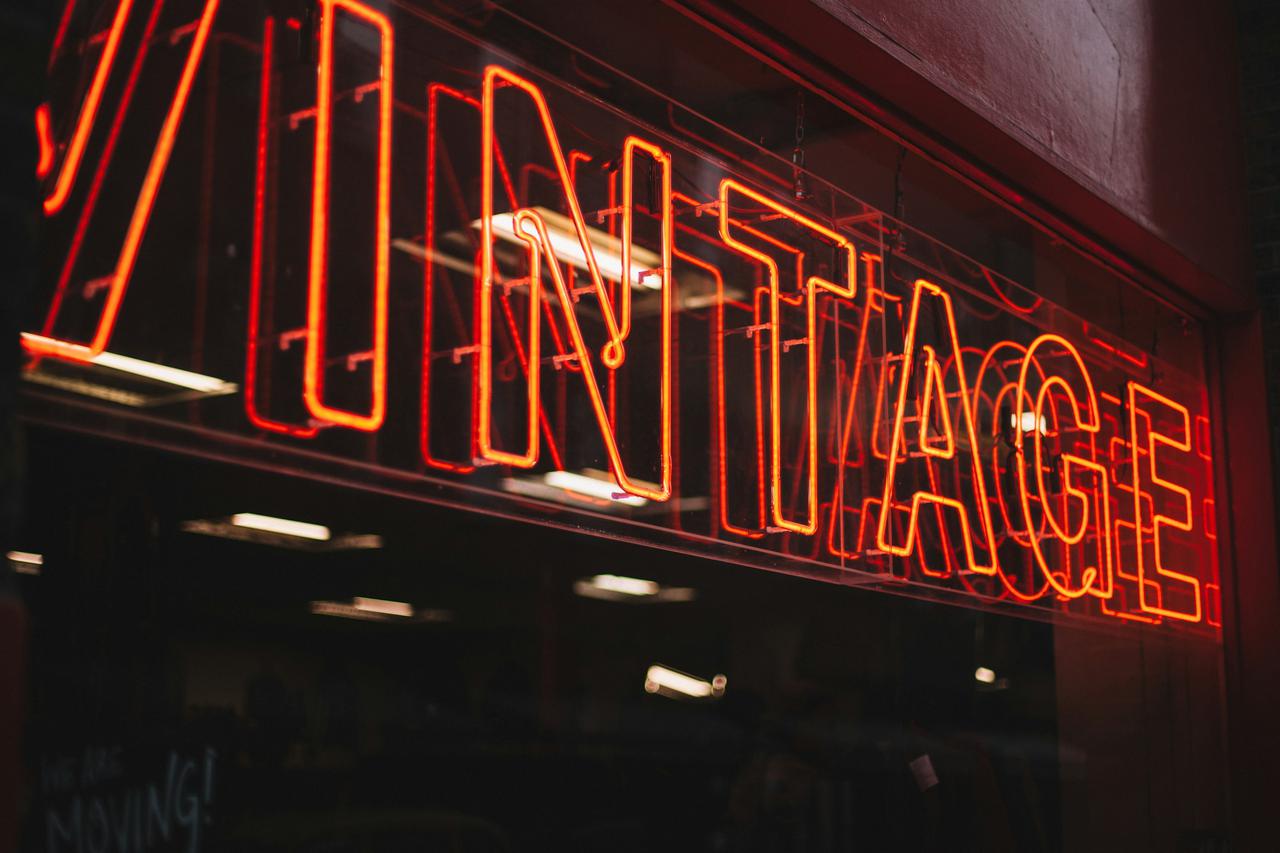In recent years, the luxury fashion industry has seen an unprecedented surge in prices, pushing consumers to rethink their purchasing habits. Once a symbol of exclusivity and aspiration, high-end designer brands have raised their prices to levels that many believe no longer align with the quality or craftsmanship they promise. This trend has alienated a significant portion of consumers resulting in a shift toward vintage and second-hand markets.
The Rise in Luxury Prices
Luxury fashion has always been a status symbol, but the last decade has seen prices increase at an extraordinary pace. A basic designer handbag, which might have cost $2,000 ten years ago, can now retail for upwards of $5,000. The reasons behind this spike can be traced back to many factors like inflation, rising costs of materials, etc. However, for many consumers, these justifications do little to counter the perception that luxury prices have become disproportionately high.
Consumer Pushback
Today’s fashion consumers are more discerning than ever. While exclusivity and prestige remain appealing, many are questioning the value of a luxury purchase. Are they truly paying for superior craftsmanship, or are they funding inflated brand marketing budgets? The reality for many is that the promise of “investment pieces” is increasingly hard to justify when resale values for new luxury items are often inconsistent.
Additionally, trends come and go, and consumers are less willing to spend exorbitant amounts on pieces that might feel outdated in just a few months. This has led to a growing demand for alternatives that provide both quality and uniqueness at a more accessible price point.
The Appeal of Vintage and Second-Hand Markets
Consumers are increasingly drawn to the idea of owning unique, one-of-a-kind pieces with a story to tell. Vintage clothing offers a sense of individuality that mass-produced luxury items often lack.
Platforms like The RealReal, Vestiaire Collective, and Rebag, alongside countless independent vintage boutiques and markets, have made second-hand shopping both fashionable and convenient. Purchasing second-hand often comes at a fraction of the cost of new luxury goods, allowing buyers to access high-quality, timeless designs without the exorbitant price tag.
Environmental consciousness also plays a significant role in this shift. The fashion industry is one of the largest polluters globally, and consumers are becoming more aware of the impact of their purchases. Buying second-hand is a sustainable alternative that aligns with the growing demand for ethical consumerism.
A New Era of Fashion Consumption
The shift toward vintage and second-hand markets reflects a broader transformation in fashion consumption. Consumers are no longer solely driven by brand names and logos; they value authenticity, individuality, and sustainability. While luxury fashion will likely always have its place, it must adapt to a world where consumers are more conscious, resourceful, and willing to look beyond traditional avenues for style.
As the vintage and second-hand market continues to thrive, it challenges the luxury industry to reevaluate its pricing strategies and relationship with its customers. In doing so, fashion as a whole may move toward a more inclusive, sustainable, and balanced future.
